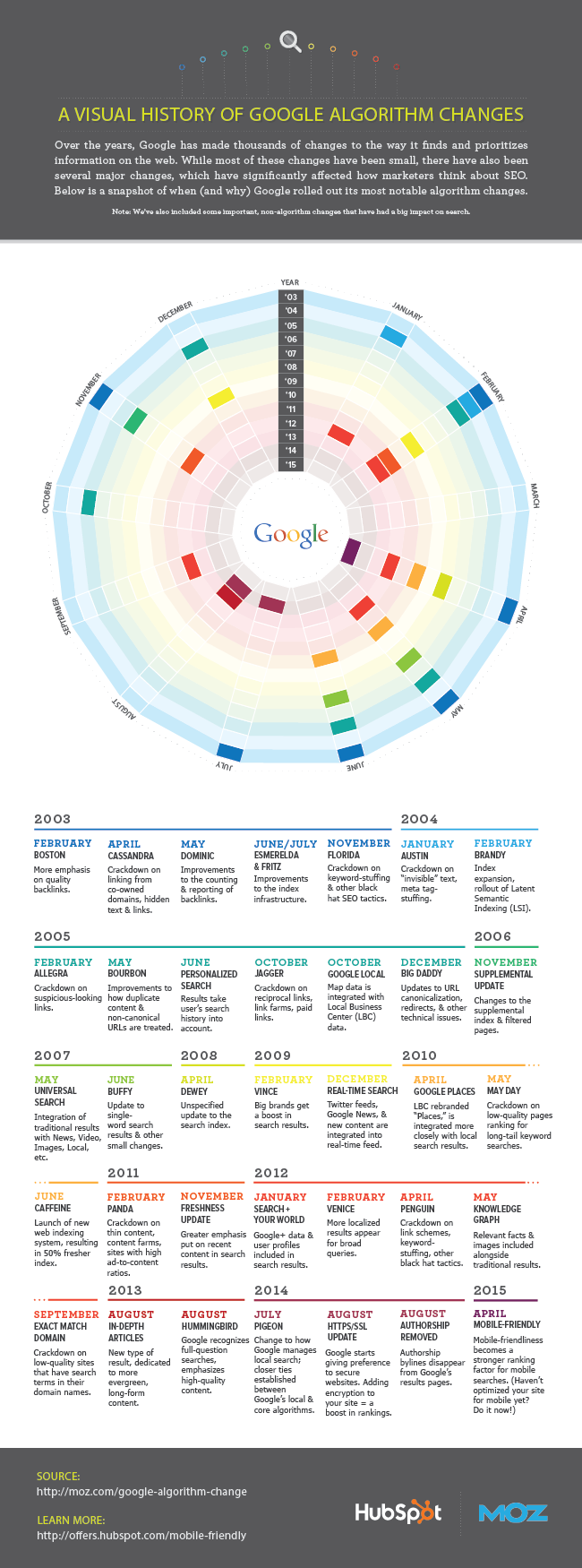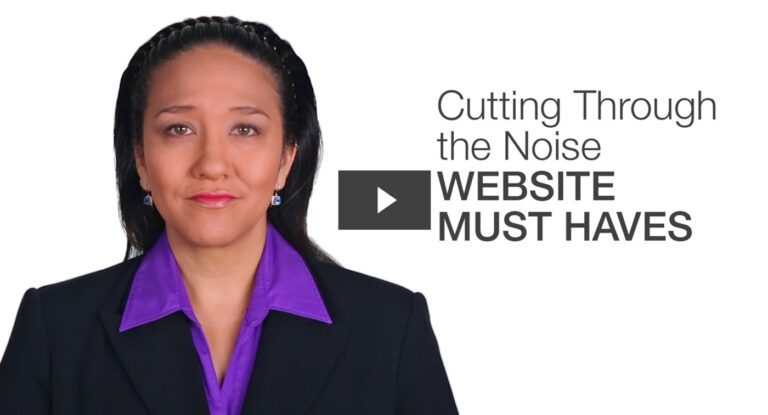With all of the new marketing technology currently being used today, there are many ways to stand out from the rest of the pack. In fact, there are so many options, tools, and resources that you can incorporate into your strategy that it can become overwhelming.
However, it’s important to nail down the details before jumping right into a site redesign or website development project to satisfy your website’s needs. With that said, let’s zero in on the 10 major elements that every business website needs in order to prosper.
- Your site should be user-focused.
- Knowing and understanding your audience’s needs, wants and behaviors is the best possible way to build your brand and create the necessary and relevant content to attract, convert, close, and delight your target audience.
- A few key questions for effectively developing your buyer personas for your business from your website design to your copy include:
- Who will be using your website?
- How often will they use your website?
- Do your website visitors check in at particular times of the day? If so, what times?
- Why are they visiting?
- What forms of content are they most attracted to?
- How do they prefer to remain in the loop of your marketing efforts (email, social media, blog subscriptions, etc.)?
- How are they interacting with your current website content?
- Allow site visitors to know and understand if your product or service is the right fit for them within the first few seconds of being on your website.
- Clearly present information that allows your visitors to make an informed decision about whether your content product or service is right for their needs.
- Knowing and understanding your audience’s needs, wants and behaviors is the best possible way to build your brand and create the necessary and relevant content to attract, convert, close, and delight your target audience.
We tend to be distracted by the voices in our own heads telling us what the design should look like.—Michael Bierut
- Your site should be responsive.
- Responsive website design is a method used to provide an optimized user experience for your website visitors regardless of their viewing device. And these days, most designers know that the way to approach modern website design is mobile-first.
- Mobile devices have overtaken desktops as the viewing platform of choice, and 85% of smartphone usage is done through apps rather than the mobile web. It is safe to say most websites are seeing better conversion rates because of their use of responsive design.
- Make design as a whole more “appified.” Both app designers and responsive website designers are focused on mobile users in order to create an engaging and visually interesting user experience.
- Plan your site so that it transcends on a multitude of devices between desktop, tablet and phone configurations.
- Make sure your site is accessible and visually legible and appealing to your visitors, no matter how they come to your site. Being ill-prepared for mobile site visitors could result in loss of potential customers especially when 27% of consumers will leave a site if it is not mobile-optimized.
Google is the driving force behind this mobile push, but your website visitors are the winners in the responsive design push. Being able to develop and present content that absolutely satisfies your website visitors needs should be at the top of mind when developing your website design.
If you are in marketing or have a role in redesigning a website, you understand the importance of appeasing the Google algorithm. blog.hubspot.com has done a great job capturing a visual history of change within the Google algorithm in the following infographic.


- Smart content is necessary.
- Smart content, also referred to as dynamic content, is website content that is constantly relevant based on continuously adapting your content in order to suit the needs and wants of your audience.
- If you want your website viewership and your Google rank to rise, streamline your website content in a manner that presents the same experience to all site visitors.
90% percent of consumers find custom content useful, and 78 percent believe that organizations providing custom content are interested in building good relationships with them.—PR Daily
- Enable user-friendly navigation.
- Provide clear labels that directs visitors to pages, lets them know what page they are on, and how to return to the homepage. In fact, an easy and simple way to create user-friendly navigation is to create a personalized buyer’s journey based on your buyer personas.
- Another way to make your website easy-to-navigate, includes a search function. This allows your audience to search for key topics within your website, and especially your business blog, that will address their burning, unanswered questions.
- Create effective copy. Your website copy should:
- Immediately draw your readers in with exciting benefits expressed through your enticing, relevant copy so you can lead them throughout the buyer’s journey that you’ve incorporated within your web design.
- Establish your credibility. Nobody will buy from you if they don’t trust you. Become a trusted source for your audience by educating them using your content, i.e., webinars, eBooks, etc., and grounding yourself within your industry as a thought leader.
- Explain thoroughly why your visitors need your product or service by describing their benefits through in-depth education from your content and relatability on how your product or service can fulfill their want or need.
Spend as much time on copy as you do on visuals.—John Zeratsky
- Create a search engine optimization strategy.
- Research keywords for your industry and target market, and integrate them into your website content—include these keywords in your website copy, page titles, meta descriptions, header tags, and URLs.
- Internal links improve SEO—include them when appropriate.
- Maintaining a balance between the demands of SEO and the needs of your website visitors can be quite the balancing act. The best advice for this is to ALWAYS optimize for your website visitors first, and secondarily, keep in mind the best practices for optimizing your website for Google. Of course you don’t want to run off the deep end of SEO to please your website traffic, but your audience should stay top of mind.
- Have clear “calls to action.”
- Use concise and directive language to guide users to take action on your website, e.g., your navigation bar, your content offers, your landing pages, etc.
- Use well-chosen images in every aspect of your website.
- Make sure your choice of image(s) add value to your content. For example, do not choose an arrangement of images just because they are aesthetically pleasing. Your images should pertain to your brand, your keywords, and mainly your audience.
- Optimize your image(s) for fast loading and have a proper naming conventions.
- Give out a strong and relevant content opt-in offer for your audience.
- Have a form available for your website visitors to fill out in return for valuable content in order to bridge the communication gap between your website and your community.
- Build a continuous and effective redesign process with Growth Driven Design.
- Growth-driven design is user-focused website design with shorter development and metric focused analytics for continuous growth-based redesign.
- By using research based on your website’s performance and your users’ existing habits, growth-driven design allows you to build a website fast—allowing users, both new and old, to experience it in order to learn and make necessary adjustments as you go.
- Your website is not static; it is a round the clock, active member of your company. And with growth-driven design, your website undergoes a continuous design strategy due to the constant data you receive from your audience.
- You can always redesign your website for better brand positioning and organic search results. Have your plan completely mapped out before beginning your redesign.
If you’re in need of a website redesign or you just want to know some quick insight into what makes a successful, effective website, watch the following video:


Subscribe to our BLOG
Stay in touch & learn how to attract customers, become a thought leader, create effective marketing campaigns, & more.





